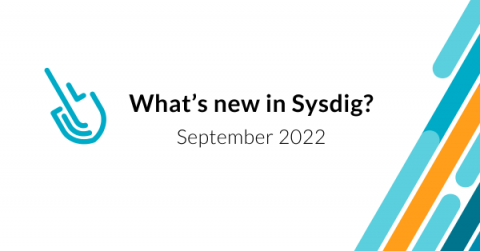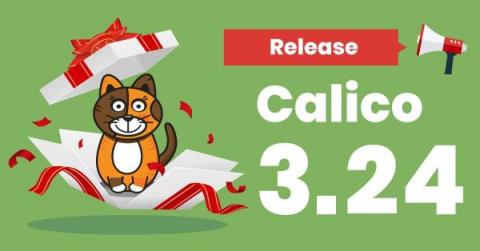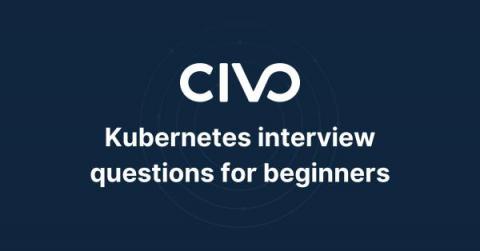Understanding Hyperconverged Infrastructure at the Edge from Adoption to Acceleration
You may be tired of the regular three-tiered infrastructure and the management issues it can bring in distributed systems and maintenance. Or perhaps you’ve looked at your infrastructure and realized that you need to move away from its current configuration. If that’s the case, hyperconverged infrastructure (HCI) may be a good solution because it removes a lot of management overhead, acting like a hypervisor that can handle networking and storage.











